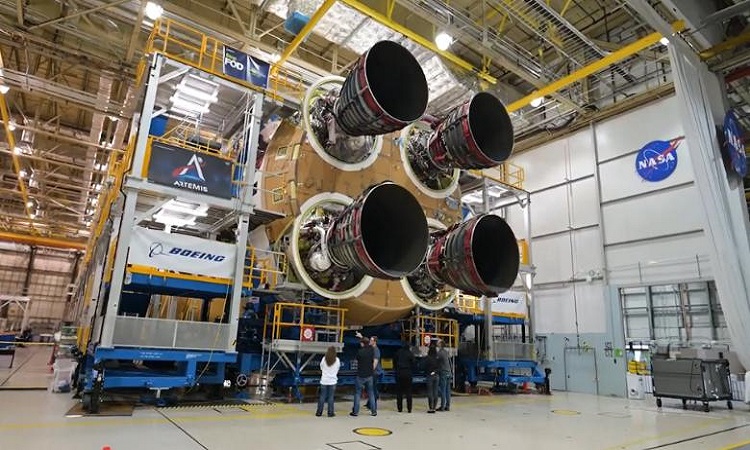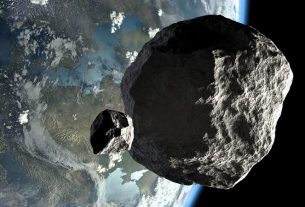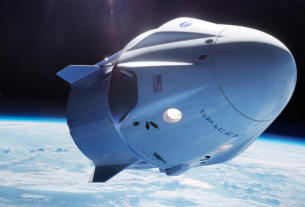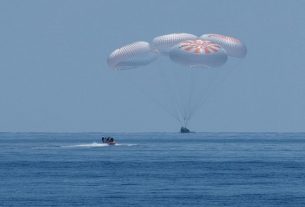NASA has just announced that the main stage of its giant rocket – the SLS – was fully built. It is he who will propel the future American astronauts towards the Moon in 2024.
At 65 meters tall (larger than the Statue of Liberty) the Space Launch System (SLS) is officially the largest rocket ever built. It is also the most powerful, in front of the famous Saturn V that took the American astronauts to the moon in 1969. NASA has indeed announced to have completed the construction and assembly of its main floor.
“The completion of the main phase of the SLS is a milestone and a testament to American ingenuity,” said NASA Administrator Jim Bridenstine. With more than 1,100 large and small companies in 44 states contributing to design and assembly, the SLS rocket will enable America to achieve the goal of the Artemis program to send the first woman and the next man on the Moon by 2024 “.
Built by Boeing, the launcher currently rests lying on the assembly site of Michoud in New Orleans (United States). It will soon be sent near Bay St. Louis, Mississippi, for final testing (the last before the launch of Artemis I).
The Artemis program
This incredible mission is emerging slowly. It is recalled that on the occasion of the 50th anniversary of Apollo 11, US Vice President Mike Pence stated that the construction of the first Orion capsule was also completed.
The Artemis 1 mission, initially planned for 2020, will probably take off in June 2021. This first test flight will be unmanned, but we will have the opportunity to appreciate the launcher and its capsule united for the very first time in flight. .
Specifically, with 2.7 million liters of liquid hydrogen and oxygen, the launcher will have the mission to push the capsule Orion. It will have to be done at a sufficiently high speed (39 000 km / h) so that it can tear itself away from Earth’s gravitation and go towards the Moon.
This first mission will simply aim to tour our satellite. If successful, a first crew could then fly to perform the same maneuvers in 2022, as part of the mission Artemis 2. Then come the mission Artemis 3, which will lead the astronauts to land on the lunar soil in 2024 .




